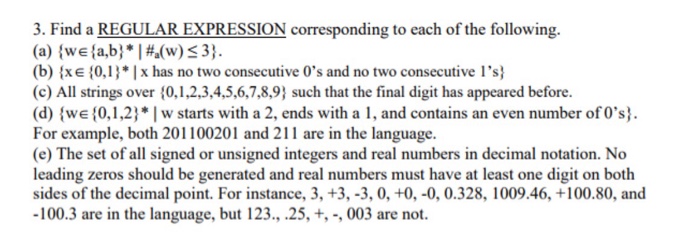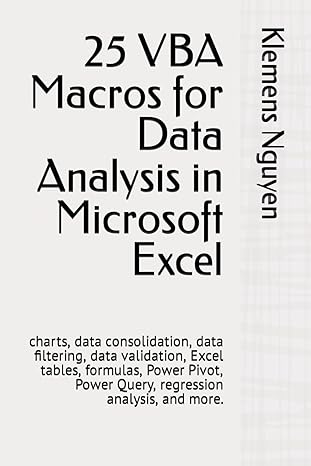Answered step by step
Verified Expert Solution
Question
1 Approved Answer
3. Find a REGULAR EXPRESSION corresponding to each of the following. (a) (we(a,b) l#a(w) 31 (b) (xe (0,1 | x has no two consecutive 0's

Step by Step Solution
There are 3 Steps involved in it
Step: 1

Get Instant Access to Expert-Tailored Solutions
See step-by-step solutions with expert insights and AI powered tools for academic success
Step: 2

Step: 3

Ace Your Homework with AI
Get the answers you need in no time with our AI-driven, step-by-step assistance
Get Started


